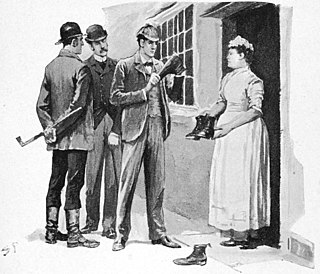
Detective fiction is a subgenre of crime fiction and mystery fiction in which an investigator or a detective—whether professional, amateur or retired—investigates a crime, often murder. The detective genre began around the same time as speculative fiction and other genre fiction in the mid-nineteenth century and has remained extremely popular, particularly in novels. Some of the most famous heroes of detective fiction include C. Auguste Dupin, Sherlock Holmes, and Hercule Poirot. Juvenile stories featuring The Hardy Boys, Nancy Drew, and The Boxcar Children have also remained in print for several decades.

A whodunit or whodunnit is a complex plot-driven variety of detective fiction in which the puzzle regarding who committed the crime is the main focus. The reader or viewer is provided with the clues to the case, from which the identity of the perpetrator may be deduced before the story provides the revelation itself at its climax. The investigation is usually conducted by an eccentric, amateur, or semi-professional detective.

Ronald Arbuthnott Knox was an English Catholic priest, theologian, author, and radio broadcaster. Educated at Eton and Balliol College, Oxford, where he earned a high reputation as a classicist, Knox was ordained as a priest of the Church of England in 1912. He was a fellow and chaplain of Trinity College, Oxford until he resigned from those positions following his conversion to Catholicism in 1917. Knox became a Catholic priest in 1918, continuing in that capacity his scholarly and literary work.
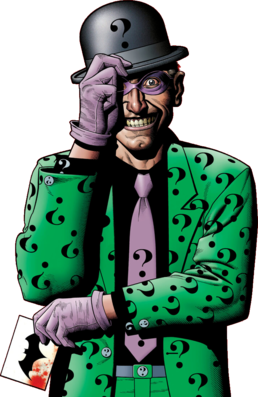
The Riddler is a supervillain appearing in American comic books published by DC Comics. The character was created by Bill Finger and Dick Sprang, and debuted in Detective Comics #140 in October 1948. He has become one of the most enduring enemies of the superhero Batman and belongs to the collective of adversaries that make up his rogues gallery.

The Robber Bride is a Margaret Atwood novel first published by McClelland and Stewart in 1993.

The Singing Detective is a 2003 American musical crime comedy film directed by Keith Gordon and loosely based on the BBC serial of the same name, a work by British writer Dennis Potter. It stars Robert Downey Jr. and features a supporting cast that includes Katie Holmes, Adrien Brody, Robin Wright Penn, Mel Gibson, Jeremy Northam and Carla Gugino as well as a number of songs from the 1950s.
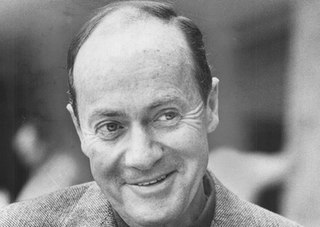
Ross Macdonald was the main pseudonym used by the American-Canadian writer of crime fiction Kenneth Millar. He is best known for his series of hardboiled novels set in Southern California and featuring private detective Lew Archer. Since the 1970s, Macdonald's works have received attention in academic circles for their psychological depth, sense of place, use of language, sophisticated imagery and integration of philosophy into genre fiction.
Phoebe Atwood Taylor was an American writer of mystery novels, who was born and died in Boston. She graduated from Barnard College in 1930 and married surgeon Grantley Walder Taylor in December 1951.

The Golden Age of Detective Fiction was an era of classic murder mystery novels of similar patterns and styles, predominantly in the 1920s and 1930s.

Mr. Brooks is a 2007 American psychological thriller film directed by Bruce A. Evans starring Kevin Costner, Demi Moore, Dane Cook, and William Hurt. It was released on June 1, 2007. The film follows the eponymous character, a celebrated Portland businessman and serial killer (Costner) who is forced to take on a proté
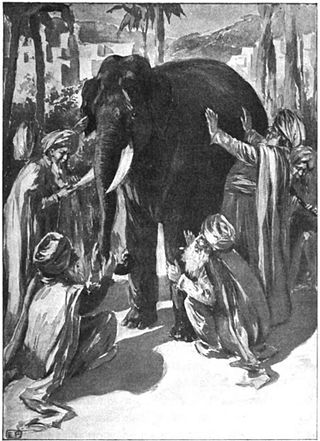
The parable of the blind men and an elephant is a story of a group of blind men who have never come across an elephant before and who learn and imagine what the elephant is like by touching it. Each blind man feels a different part of the elephant's body, but only one part, such as the side or the tusk. They then describe the elephant based on their limited experience and their descriptions of the elephant are different from each other. In some versions, they come to suspect that the other person is dishonest and they come to blows. The moral of the parable is that humans have a tendency to claim absolute truth based on their limited, subjective experience as they ignore other people's limited, subjective experiences which may be equally true. The parable originated in the ancient Indian subcontinent, from where it has been widely diffused.

Three Blind Mice and Other Stories is a collection of short stories written by Agatha Christie, first published in the US by Dodd, Mead and Company in 1950. The first edition retailed at $2.50.
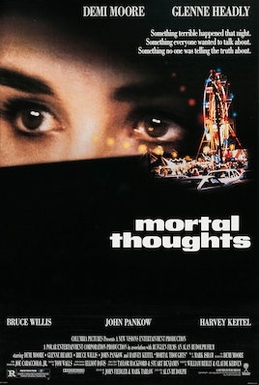
Mortal Thoughts is a 1991 American neo-noir psychological thriller film directed by Alan Rudolph and starring Demi Moore, Glenne Headly, Bruce Willis, John Pankow, and Harvey Keitel. Told in narrative flashbacks set in a police interrogation, the film centers on a woman implicated in the violent murder of her friend's abusive, drug-addicted husband. Its title is derived from a quote in William Shakespeare's The Tragedy of Macbeth.
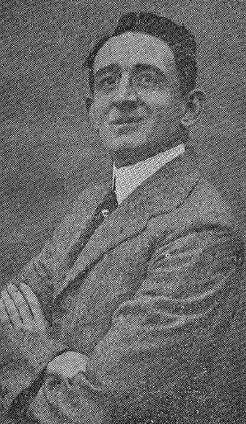
Charles Fulton Oursler was an American journalist, playwright, editor and writer. Writing as Anthony Abbot, he was an author of mysteries and detective fiction. His son was the journalist and author Will Oursler (1913–1985).

Good Bones is a collection of short fiction by Canadian author Margaret Atwood. The collection was originally published in 1992.
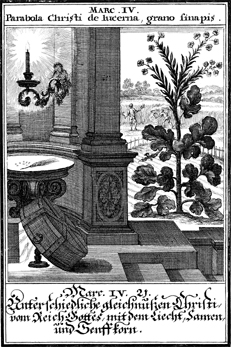
The parable of the lamp under a bushel is one of the parables of Jesus. It appears in Matthew 5:14–15, Mark 4:21–25 and Luke 8:16–18. In Matthew, the parable is a continuation of the discourse on salt and light in Jesus' Sermon on the Mount. The parable also appears in the non-canonical Gospel of Thomas as saying 33.

The first season of True Detective, an American anthology crime drama television series created by Nic Pizzolatto, premiered on January 12, 2014, on the premium cable network HBO. The principal cast consisted of Matthew McConaughey, Woody Harrelson, Michelle Monaghan, Michael Potts, and Tory Kittles. The season had eight episodes, and its initial airing concluded on March 9, 2014. As an anthology, each True Detective season has its own self-contained story, following a disparate set of characters in various settings.
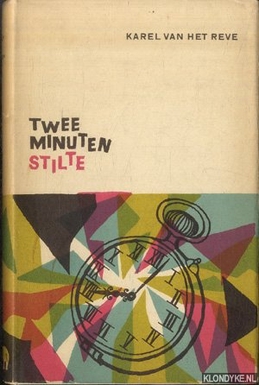
Twee minuten stilte is a novel by Dutch academic, writer, and essayist Karel van het Reve. First published in 1959, the detective novel follows the investigation into a murder at a Dutch research institute. A barely disguised roman à clef, many of its characters are based on colleagues and friends of the author, and the novel criticizes an academic system full of meaningless formalities and historiography as practiced by Soviet scholars and their Western sympathizers. The novel was reprinted in 1960 and 1962, and again in 2001 together with Van het Reve's other novel, Nacht op de kale berg.
















